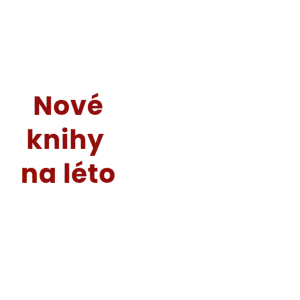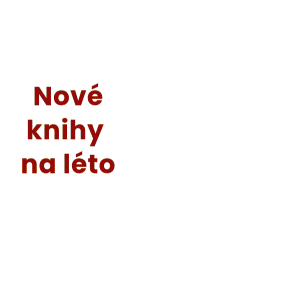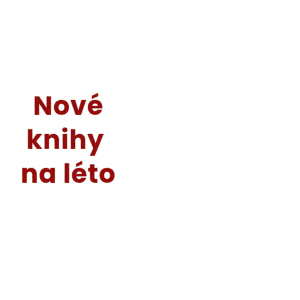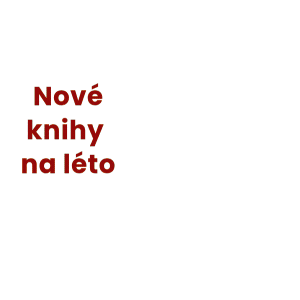WSAVA Activities and Committee Reports
Microchip Committee Update – News from the USA
At the beginning of November, USA President George Bush signed into law an Agriculture Appropriations bill that had passed both the Senate and Congress, calling for the adoption and implementation of open-standard microchip technology for pets within the USA and universal scanners that would be able read all chips available.
The specific wording of the bill was:
The conferees support the microchipping of pets for identification under a system of open microchip technology in which all scanners can read all chips. The conferees direct APHIS to develop the appropriate regulations that allow for universal reading ability and best serve the interests of pet owners. The conferees also direct APHIS to take into consideration the effect such regulation may have on the current practice of microchipping pets in this country, and to report to the Committees on Appropriations within 90 days of the date of enactment of this Act on progress toward that end.
APHIS (Animal and Plant Health Inspection Service) was given 90 days to present Congress with an implementation proposal. While the original bill had designated technology that adhered to the ISO standards (the most widely adopted open-standard technology implemented in most parts of the rest of the world including Canada and Europe), intense lobbying by historical providers of microchips that employ non-ISO 125 kHz technology within the USA was considered the reason for the revised and final version (despite the fact that these same manufacturers/distributors supply ISO-standard technology in markets outside of the USA).
Coinciding with the signing of this bill by the USA President, the American Veterinary Medical Association (AVMA), released a report from their Executive Committee, based on recommendations by the AVMA Council on Veterinary Services, reaffirming the AVMA’s support for microchip technology based on the ISO standards. This was one of 4 key elements cited as recommended requirements to achieve an effective system of electronic identification in animals; the other three components were:
• A true universal or global scanner/reader network capable of identifying all microchips implanted in animals in the USA and an appropriate time for implementation (suggested as 2 years)
• Minimum standards for supporting databases including 24/7 accessibility and registration included in the cost of the microchip
• Creating end-user awareness regarding the implication of these changes, how the end user can ensure that they are prepared for their implementation, and appropriate, species-specific sites of microchip implantation
Other US-based associations that have position statements supporting the adoption and implementation of the ISO-standard microchip technology include the American Animal Hospital Association (AAHA; access position statement at http://www.aahanet.org/About_aaha/About_Position.html#identification2), which has published numerous articles in its TRENDs Magazine on this subject, and the American Society for the Prevention of Cruelty to Animals (ASPCA).
Additional information can be found in the following article published by the National Geographic News:
http://news.nationalgeographic.com/news/2005/11/1115_051115_pet_chips.html
While the specific outcome is unclear at this stage, what is clear is the movement to overhaul the microchip marketplace in the USA which, because of competing technology with proprietary protection, has been labeled as dysfunctional by many in the USA veterinary and pet recovery industry.
Legal battles continue between microchip manufacturers/distributors in the USA
In related news, US District Court Judge L. Scott Googler, ruled that Crystal Import Corporation (US distributor for microchip manufacturer Datamars SA) has sufficient grounds for its claims of antitrust violations against AVID and Digital Angel to proceed. The lawsuit alleges that AVID and Digital Angel have, through the use of their proprietary technology in the USA, attempted to monopolize the US marketplace and impede the adoption of an open and universal system of microchip technology, including universal scanners.
WSAVA Member Association Updates
The North American Veterinary Conference (TNAVC)
The NAVC, a WSAVA Affiliate Member, is exploring partnerships in both Latin America and Europe to deliver its unique continuing education format directly to the veterinary profession in venues outside of the United States. Currently the largest veterinary conference in the world, TNAVC (www.tnavc.org/mynavc/) has traditionally been hosted in Orlando, Florida in January of each year (next meeting scheduled for January 7-11, 2006). As reported in AAHA’s NEWStat, with the debut of the Latin American Veterinary Conference (LAVC) in October, 2005 hundreds of Peruvian veterinary professionals and students received a taste of the NAVC in their own backyard.
Organized by Jorge Guerrero, DVM, PhD, an NAVC board member, the LAVC will be expanded in future years to include veterinary professionals from bordering countries like Ecuador, Columbia, Bolivia, and Chile, and ultimately Mexico and Brazil; it represents a joint venture between the NAVC, the college of veterinary medicine at San Marcos University, and the Peruvian Association of Veterinarians who Specialize in Companion Animals. Coordinators have committed to a 2006 conference although dates and continuing education topics have not yet been set.
A similar endeavour, named the South European Veterinary Conference (SEVC), is planned for Europe through a partnership between TNAVC and AVEPA (Spanish Small Animal Veterinary Association) and plans are underway to host the first SEVC Congress in Barcelona in October, 2007.
NEWS From Around the World
Pets and biotechnology
TORONTO, Canada (From a press release) - TIME Magazine has chosen Snuppy the Afghan puppy - the first dog created by cloning and born to a surrogate Labrador retriever - the Most Amazing Invention of 2005. The story can be found inside TIME Magazine's annual Inventions issue (dated November 21st, 2005). TIME's Alice Park writes how a laboratory in South Korea perfected a cloning technique that is likely to transform medical research around the world. Snuppy is the product of years of experimentation resulting in a technique that provides a method that can be applied to virtually any mammal. Snuppy’s “birth” was under the supervision of Dr. Woo Suk Hwang and his 45-person team in their laboratory of veterinary science at Seoul National University in South Korea. Article author Park adds, "Hwang also refined his human-cell-cloning process to yield the first stem cells from patients with diseases, bringing medicine a step closer to the possibility of curing illnesses from Alzheimer's to diabetes with a patient's rejection-proof tissues."
LOS ANGELES, California – Allerca Inc. has announced its intention to create and make available hypoallergenic British short-hair cats by 2007. Despite the $3,500 US price tag, the company reports orders have been brisk with over 1,500 people placing an order, complete with a $250 deposit. Based on gene-silencing technology, the patented technique is designed to suppress the production of the Fel d 1 protein, considered to be an important factor in causing feline allergies in people. Employing a virus vector, the technology is imported into an embryo which is then implanted into a surrogate mother or queen. While the gene silencing technology has been successfully employed in mice, it has not yet been proven to work in cats. A spokesperson for the company said that the hypoallergenic cat will be one of many available “lifestyle pets”, where the technology will be used to genetically modify animals to improve upon their own or their owner’s health. However, there are a number of skeptics including those from the human health care field stating that even if the technology were to work in cats, it is unlikely to produce a truly hypoallergenic cat citing that there are many more allergens implicated in cat allergies, not just the Fel d 1 protein, and it is still unknown whether blocking the production of this protein may cause other health problems for the host cat.





